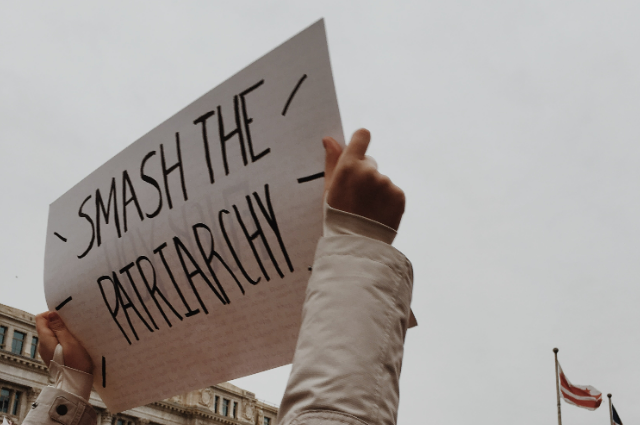Gender stereotypes have been a prevalent and pervasive issue in Indian society for centuries. These stereotypes create a perception of what is considered appropriate behavior for men and women. Unfortunately, these gender roles have been rigidly defined and enforced, limiting the potential of both men and women. Although there have been strides to eliminate gender stereotypes, it still remains an issue in India.
The Patriarchy in India:

Photo by chloe s. on Unsplash
The patriarchy in India is the root cause of gender stereotypes. The societal expectations of women being obedient, gentle, and nurturing are inculcated in girls from a very young age. Girls are encouraged to be homemakers and take care of the family, while boys are expected to be strong, independent, and dominant. These expectations limit the aspirations of women and create a culture of inequality.
Gender Stereotypes and Education:
Gender stereotypes have a direct impact on education in India. In many parts of the country, girls are discouraged from attending school and are instead expected to focus on domestic responsibilities. Even in families where education is encouraged, girls are often expected to prioritize marriage and family over their careers. This results in a significant gender gap in literacy rates, with the male literacy rate at 81.3% and female literacy rate at 65.5%.
Gender Stereotypes and the Workplace:
One of the most significant consequences of gender stereotypes is the gender wage gap. According to a report by the World Economic Forum, India ranks 112th out of 153 countries in terms of gender wage equality. Women are paid less than men, and this disparity can be attributed to the belief that men are the primary breadwinners and women are not as valuable in the workforce. Furthermore, there is a lack of representation of women in leadership positions and a gender pay gap even in the organized sector.
Gender Stereotypes and Violence against Women:
Gender stereotypes also lead to violence against women. Women are expected to be submissive and accepting of male aggression. Victims of domestic violence are often told to stay quiet and endure the abuse for the sake of the family's honor. This acceptance of violence perpetuates the cycle of abuse and makes it challenging for women to break free from the chains of patriarchy. A 2019 survey conducted by the National Crime Records Bureau reported that there was an increase of 7.3% in the number of crimes against women in India in 2019 as compared to 2018.
Breaking Gender Stereotypes:
To combat gender stereotypes, we need to educate the younger generation on the importance of gender equality.
- This education should focus on breaking down the traditional gender roles and instilling the belief that men and women are equal.
- Girls need to be encouraged to pursue their aspirations and not be limited by societal expectations.
- Boys need to be taught that they are not entitled to dominate or control women.
- The media also plays a significant role in perpetuating gender stereotypes. Women are often portrayed as objects of desire and are objectified in advertisements and movies. The media should be more responsible and should not promote gender stereotypes.
Instead, it should showcase positive examples of gender equality. A good example of this is the "Share the Load" campaign by Ariel detergent, which urged men to help with household chores and share the burden of domestic work with their partners.
The government also needs to play a more significant role in eliminating gender stereotypes. This can be done through policies that encourage gender equality, such as increasing representation of women in leadership positions, providing equal opportunities in education and employment, and strict enforcement of laws against domestic violence.
In conclusion, gender stereotypes are an obstacle to achieving gender equality in India. It is essential to break down these stereotypes and replace them with a culture of gender equality. This can be achieved through education, media representation, and government policies.
By empowering women and challenging traditional gender roles, we can create a society where men and women are treated equally and have the same opportunities to succeed. We must work together to break the chains of patriarchy and eliminate gender stereotypes, not just for the betterment of women but for the progress of our entire society. It is time to move forward and create a better future for generations to come.
